The exciting reintroduction of Mega Evolutions in Pokémon Legends Z-A has reignited discussions about the future of this beloved game mechanic. Since the launch of Pokémon X and Y, the franchise has introduced various gameplay mechanics to enrich the gaming experience. However, the success of these features has varied widely: while Regional Forms thrived, others like Z-Moves were met with disappointment.
Recent leaks confirm that approximately 26 new Mega Evolutions are anticipated in Z-A, a number that may increase if any downloadable content (DLC) is introduced. Among the noteworthy Mega Evolutions divulged so far are those for the game’s three starters—Meganium, Feraligatr, and Emboar—as well as the Kalos starter trio—Chesnaught, Delphox, and Greninja—alongside fan-favorites such as Dragonite and Froslass.
Reasons for the Discontinuation of Mega Evolutions
A Promotional Stunt for One Generation
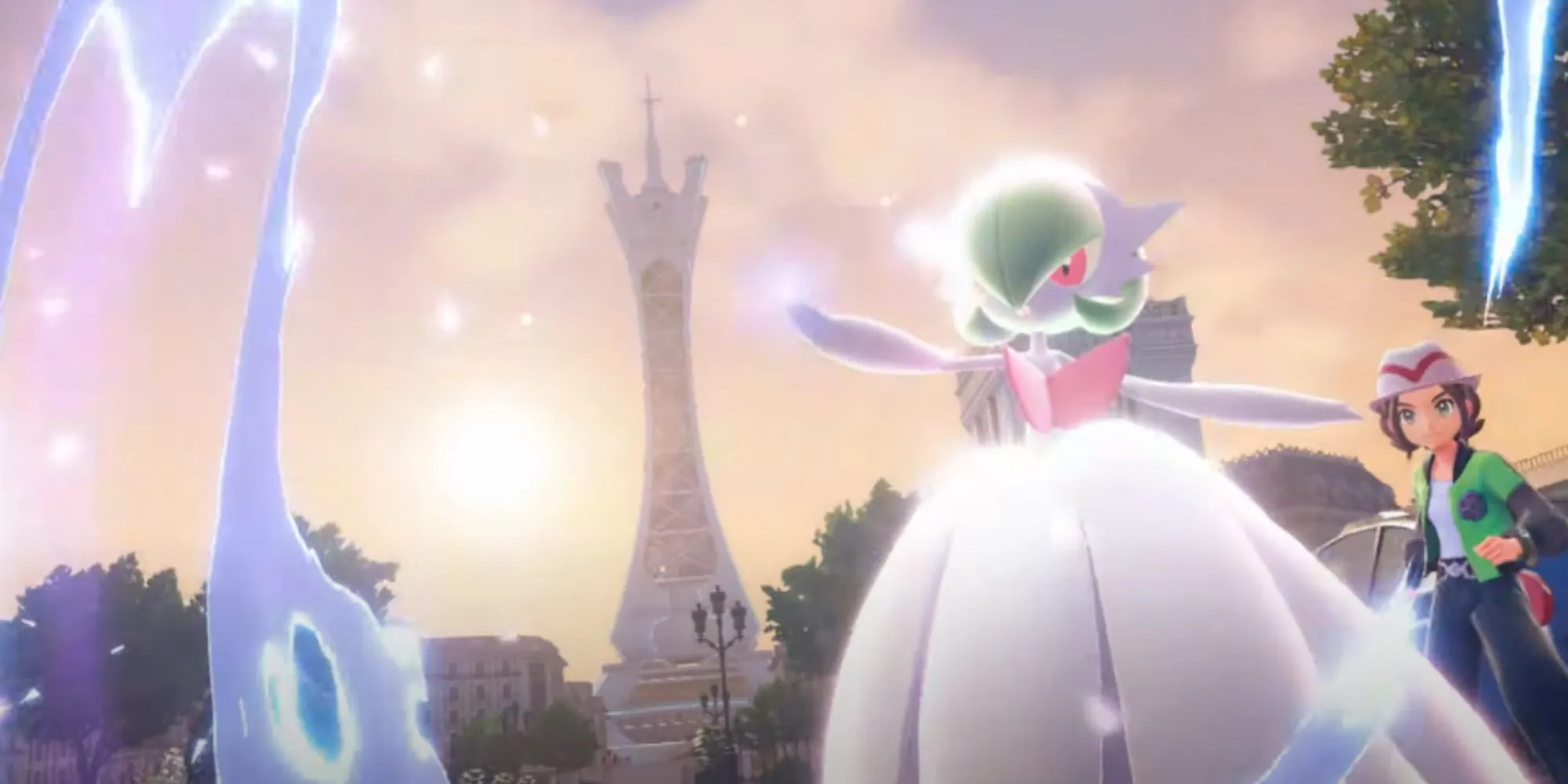
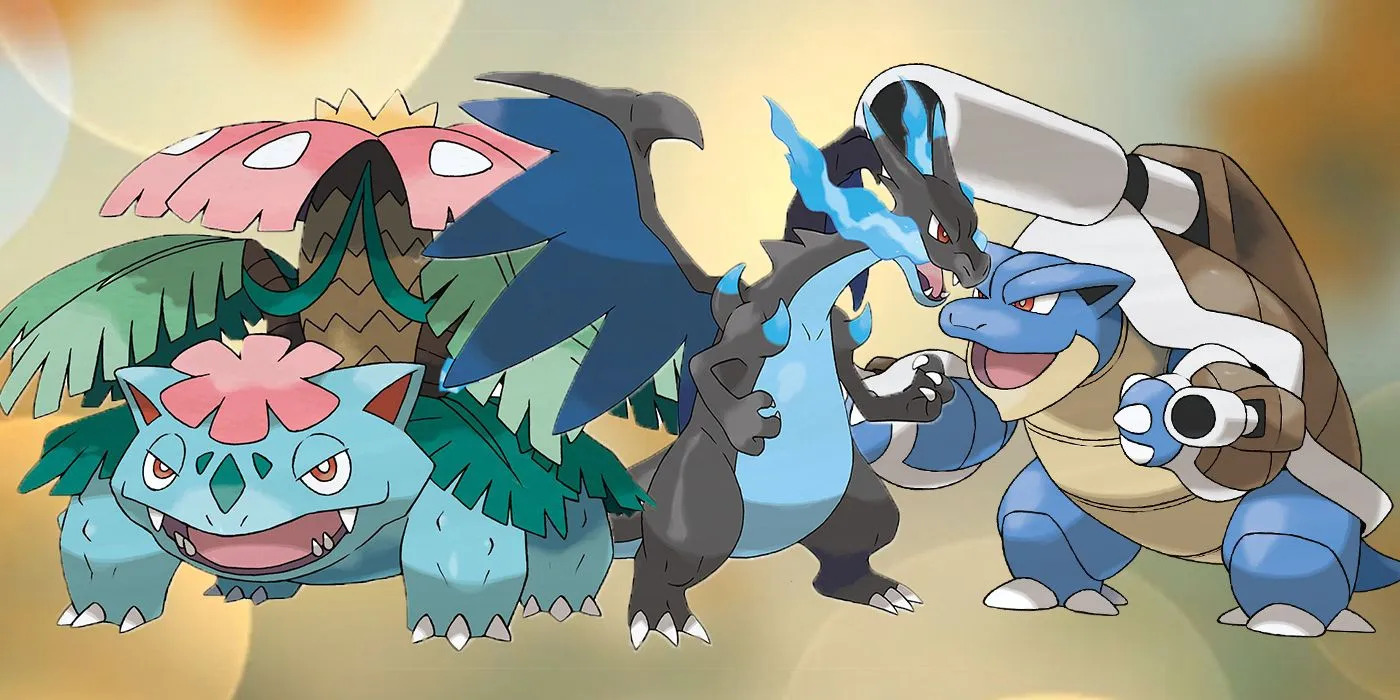
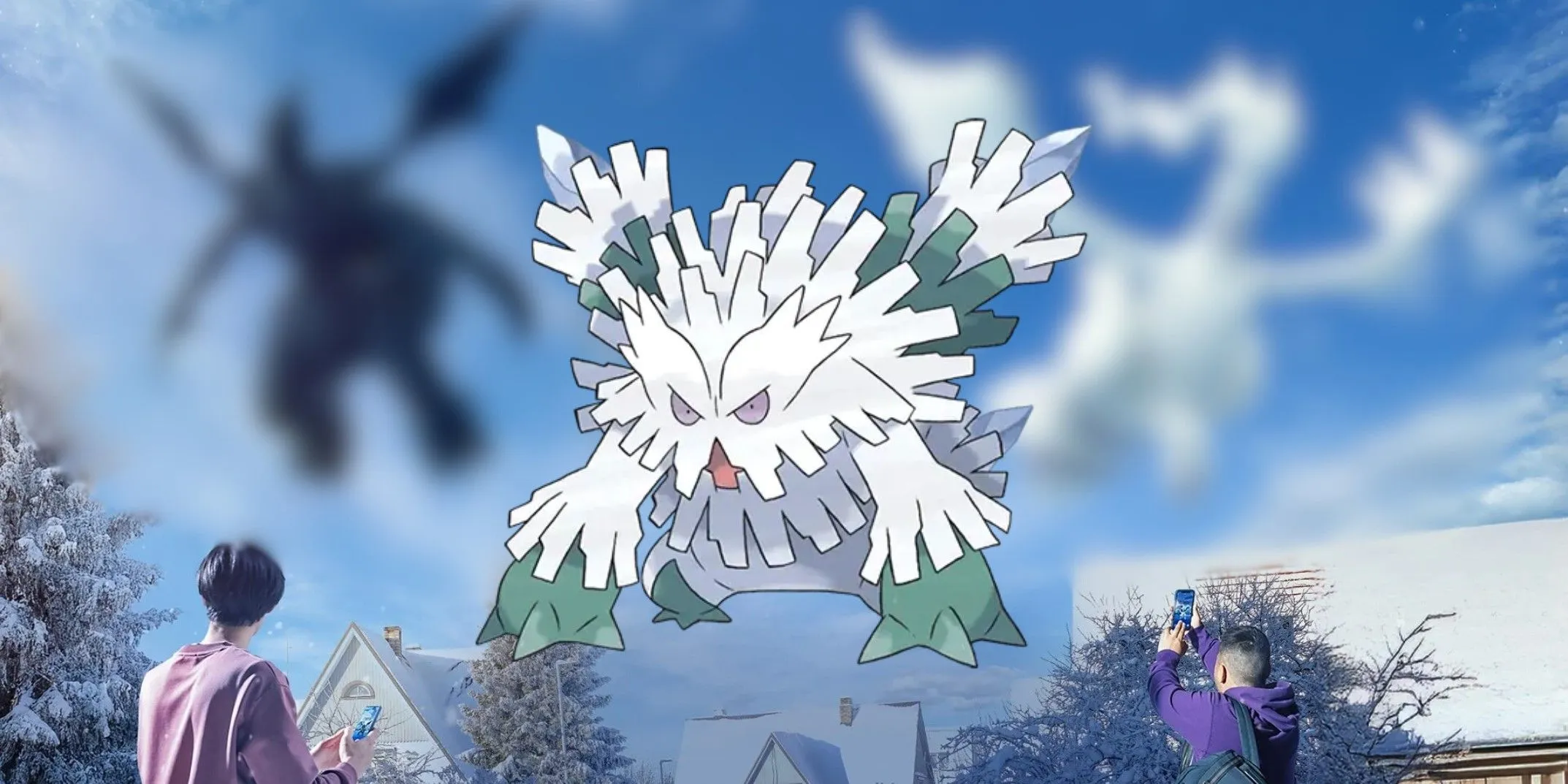
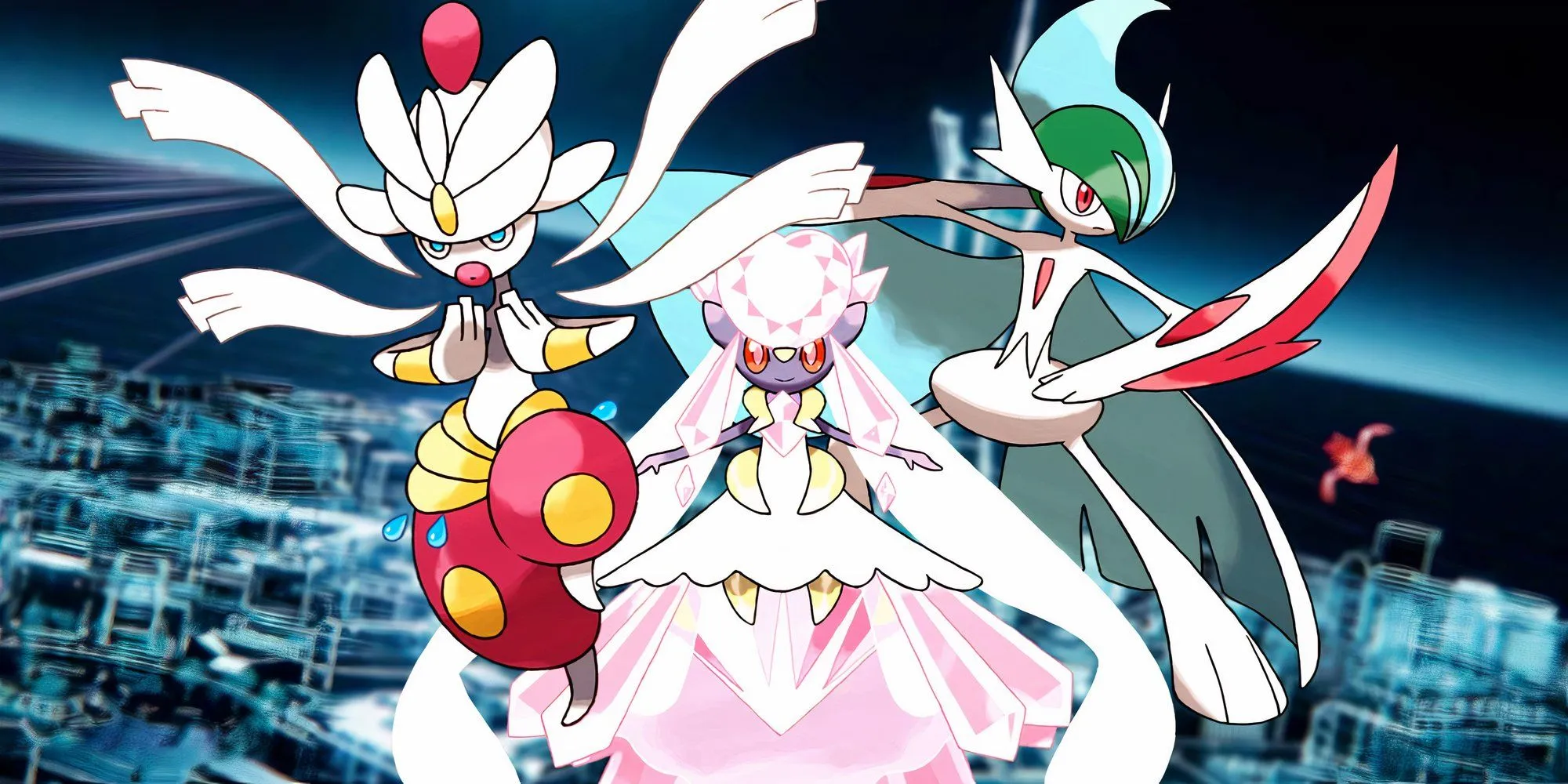
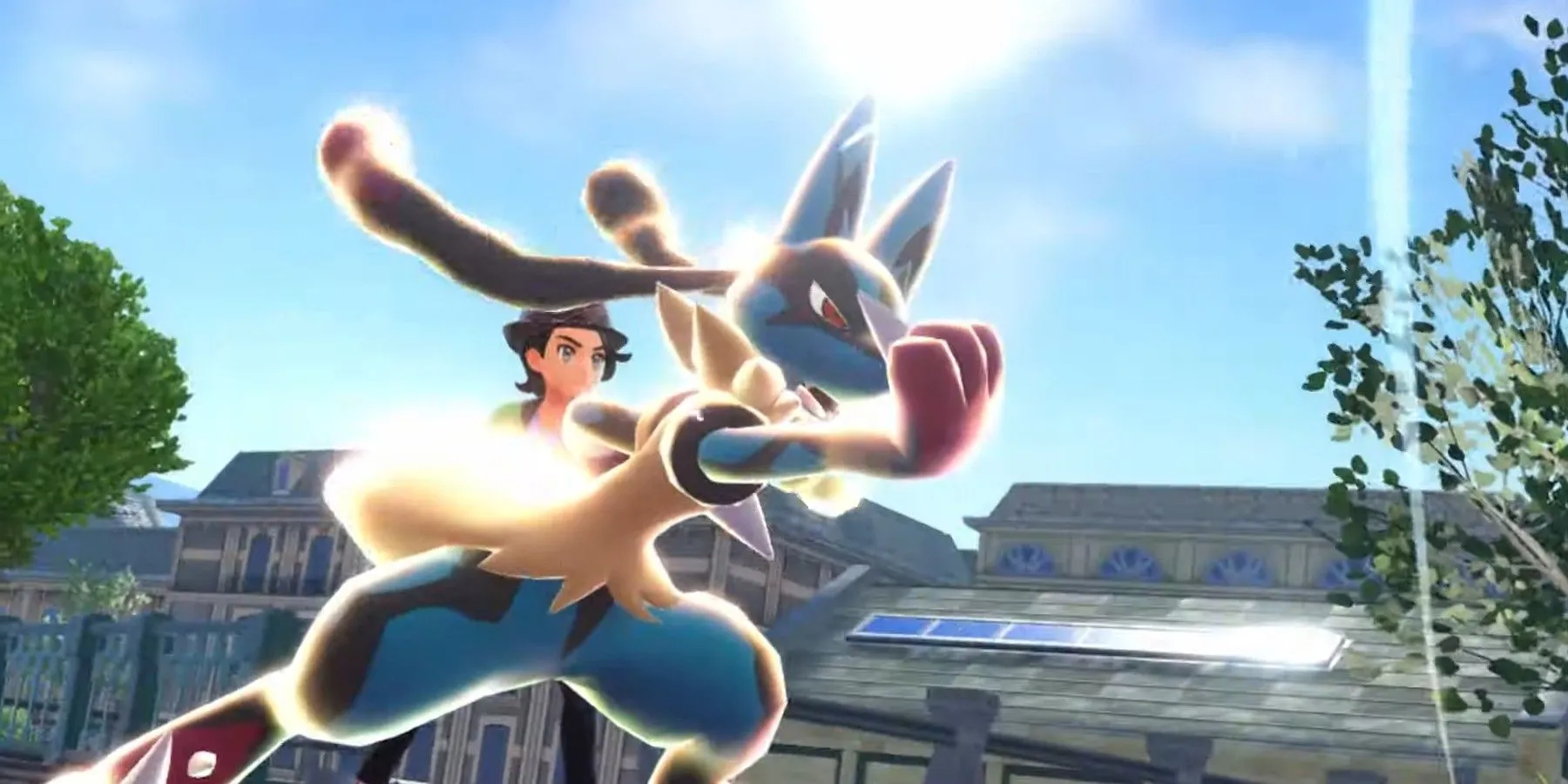
The phase-out of Mega Evolutions post-X and Y, as well as the Omega Ruby and Alpha Sapphire titles, can be attributed largely to their role as marketing tools. Initially crafted for specific generations, Mega Evolutions catered to the Pokémon roster prominent during their introduction. Additionally, the complexity of creating new Mega forms—comparable to designing entirely new Pokémon—could have contributed to their decline. In contrast, other battle mechanics, with the exception of Gigantamax, are simpler to integrate.
From a narrative perspective, their absence was somewhat awkwardly justified within the Pokémon universe. Developers noted that the new regions lacked the required keystones and megastones for Mega transformations. Although somewhat unfounded, this explanation gave fans hope, especially considering the lore connection between Paldea and Kalos.
The Case for Keeping Mega Evolutions
Pokémon Should Stick with What Works
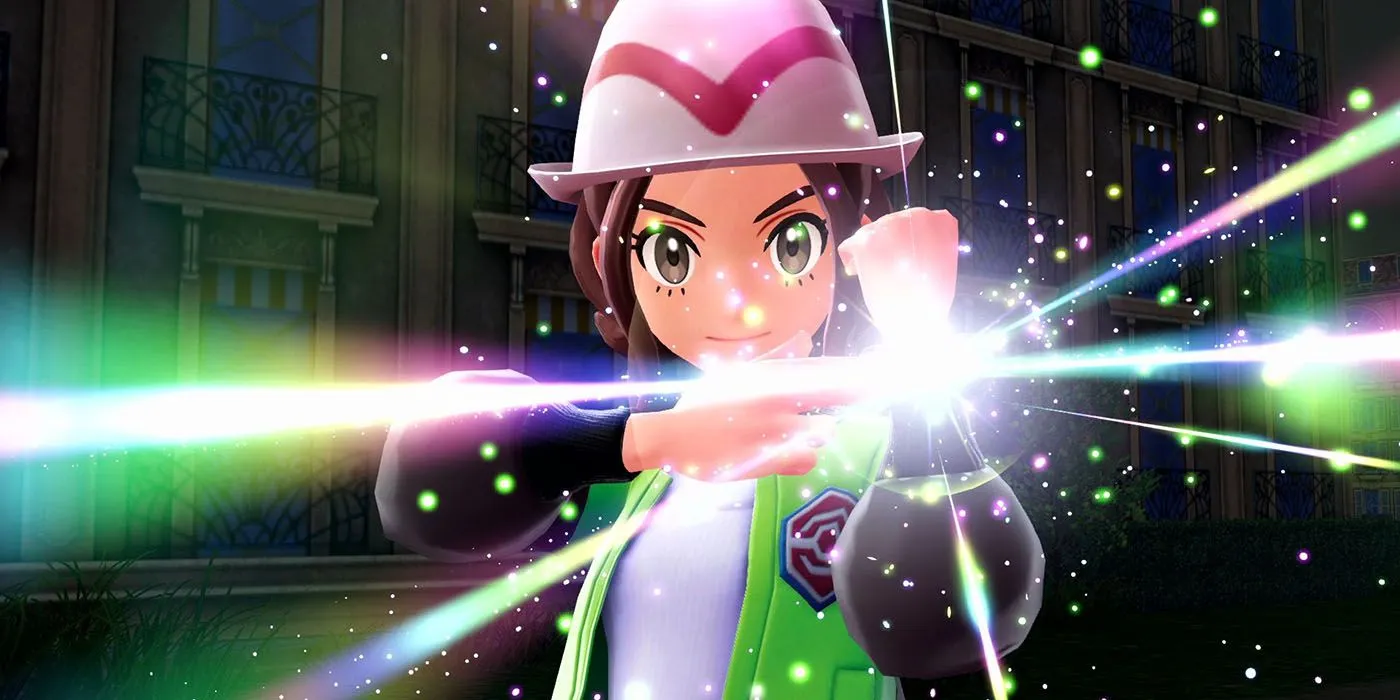
When evaluating the various battle mechanics introduced in the Pokémon series, none have achieved the same level of success as Mega Evolutions. Move types such as Z-Moves have often disappointed players, while Dynamax has faced criticism for its lack of balance. The latest installment, Scarlet and Violet, introduced Terastalization, which allows for a new twist by changing the typing of certain Pokémon.
The overwhelming popularity of Mega Evolutions—so much so that they’re now being incorporated into the Pokémon Trading Card Game—suggests a clear mandate from players to re-establish them permanently. Even if not every generation introduces 20+ Mega Evolutions, including a select few new forms would enhance gameplay diversity. Given the expansive library of Pokémon, there are ample candidates for future Mega Evolutions. Furthermore, while balance concerns exist, the competitive community has successfully developed rulesets that manage these abilities effectively.
Integrating Mega Evolutions Alongside Other Gimmicks
Striking a Balance Between New and Familiar

While it’s essential for Mega Evolutions to have a prominent place in the franchise, that doesn’t mean other established or innovative gimmicks should be eliminated. Features like Regional Forms and Convergent Species offer exciting possibilities for reimagining existing Pokémon. They operate harmoniously without disrupting game balance, reinforcing that Game Freak can feasibly include multiple mechanics within a single title.
However, the challenge arises when attempting to balance multiple battle gimmicks at once, particularly as the series moves toward more dynamic real-time combat. A straightforward solution may involve limiting the maximum number of Pokémon utilizing these mechanics on any given team, or alternatively, restricting teams to one gimmick. Nonetheless, the latter approach risks sidelining one mechanic based on perceived strength, leading to uneven gameplay.
A potential resolution lies in ensuring Mega Evolutions demonstrate their longevity and popularity, which could lead to their designation as the primary battle gimmick for future titles. This could ease the developmental burden of creating extensive new mechanics and alleviate apprehension over disappointing reception of new features.
In summary, the reintroduction of Mega Evolutions in Pokémon Legends Z-A should serve as a gauge for their relevance moving forward. Ultimately, it’s up to the community to voice their support, convincing Game Freak to cement Mega Evolutions as a mainstay in the franchise. As Pokémon seeks a significant revival in its gaming sector, embracing this beloved mechanic could yield remarkable benefits for upcoming mainline productions.


